Evolving Consumer Preferences
The Alcoholic Beverages Market is currently witnessing a shift in consumer preferences towards more diverse and innovative products. This trend is characterized by an increasing demand for craft beers, artisanal spirits, and unique flavor profiles. As consumers become more adventurous, they seek out beverages that offer distinct experiences, leading to a proliferation of small-scale producers. In 2025, the craft beer segment alone is projected to account for approximately 25% of the total beer market, indicating a robust growth trajectory. This evolution in consumer tastes is prompting established brands to adapt their offerings, thereby enhancing competition within the Alcoholic Beverages Market.
Regulatory Changes and Compliance
Regulatory changes are significantly influencing the Alcoholic Beverages Market. Governments are increasingly implementing stricter regulations regarding labeling, advertising, and distribution of alcoholic products. These regulations aim to promote responsible drinking and ensure consumer safety. In 2025, it is anticipated that compliance with these regulations will require producers to invest in better quality control measures and transparent labeling practices. This shift may lead to a consolidation of smaller players who struggle to meet compliance standards, thereby reshaping the competitive landscape of the Alcoholic Beverages Market. Consequently, larger companies may gain market share as they adapt more readily to these regulatory demands.
Rise of E-commerce and Online Sales
The rise of e-commerce is transforming the Alcoholic Beverages Market. With the increasing prevalence of online shopping, consumers are now able to purchase a wide variety of alcoholic beverages from the comfort of their homes. This trend is particularly pronounced among younger demographics who prefer the convenience of online platforms. In 2025, online sales of alcoholic beverages are projected to grow by over 15%, reflecting a shift in purchasing behavior. Retailers are responding by enhancing their online presence and offering exclusive products to attract consumers. This evolution in distribution channels is likely to reshape the Alcoholic Beverages Market, creating new opportunities for both established brands and emerging players.
Technological Advancements in Production
Technological advancements are playing a pivotal role in shaping the Alcoholic Beverages Market. Innovations in fermentation processes, distillation techniques, and packaging solutions are enhancing product quality and shelf life. For instance, the adoption of automation in brewing and bottling processes is streamlining production, reducing costs, and improving efficiency. Furthermore, advancements in data analytics are enabling producers to better understand consumer preferences and optimize their product lines accordingly. As a result, the Alcoholic Beverages Market is likely to see an increase in the introduction of new products that cater to specific consumer demands, thereby driving market growth.
Focus on Sustainability and Ethical Sourcing
Sustainability is becoming a central theme within the Alcoholic Beverages Market. Consumers are increasingly concerned about the environmental impact of their purchases, leading to a demand for sustainably produced beverages. Brands that prioritize ethical sourcing, eco-friendly packaging, and responsible production practices are likely to resonate with environmentally conscious consumers. In 2025, it is estimated that products marketed as sustainable will account for a significant portion of sales in the Alcoholic Beverages Market. This focus on sustainability not only enhances brand loyalty but also encourages innovation in production methods, as companies strive to meet the expectations of a more discerning consumer base.
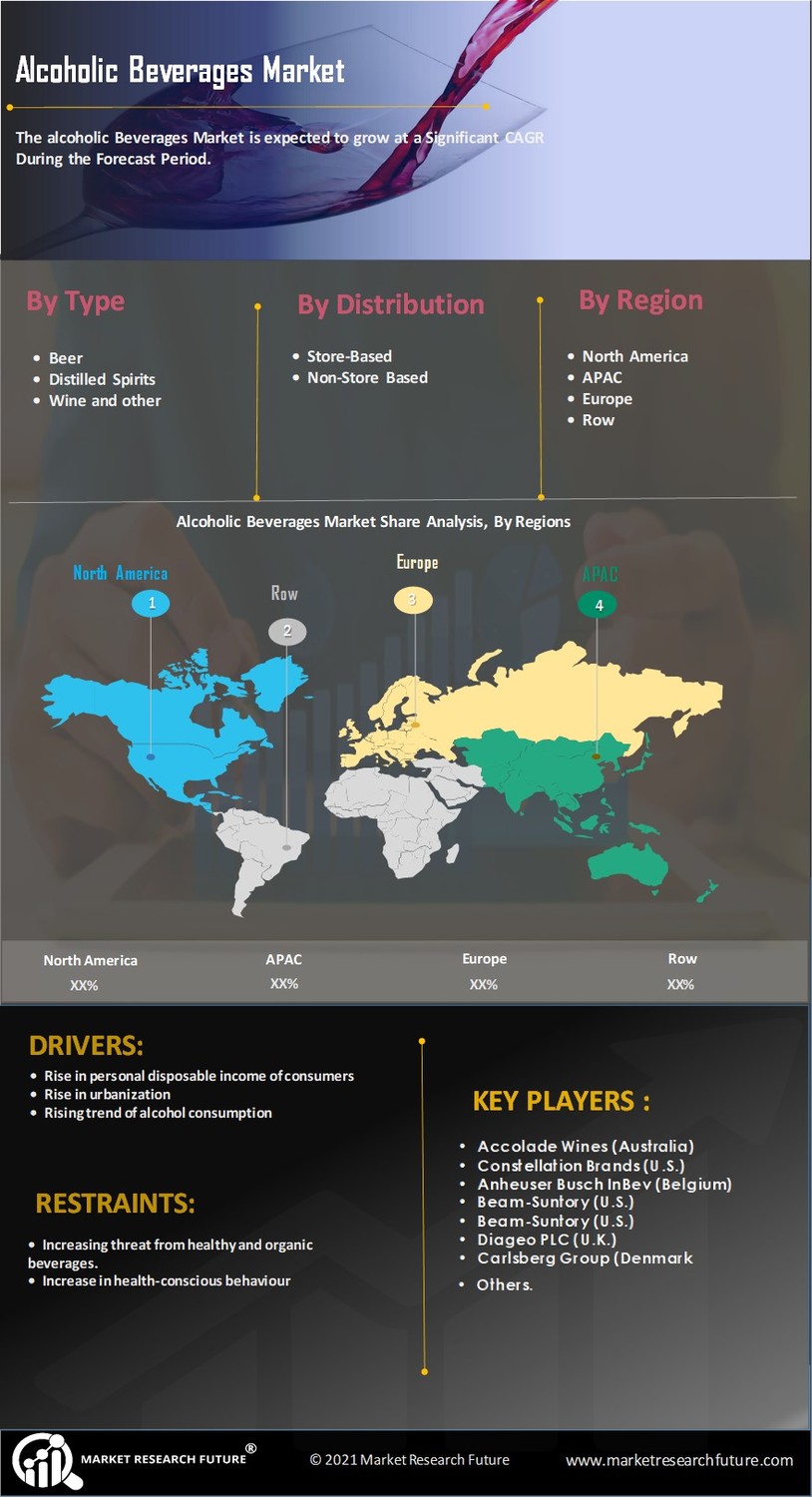

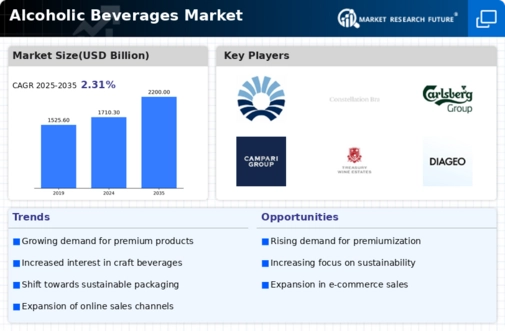
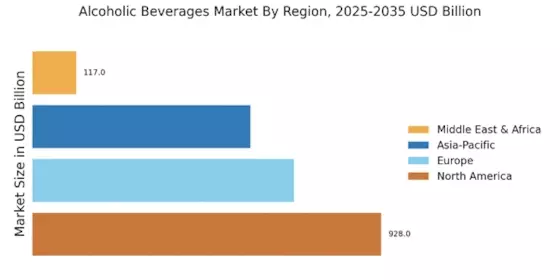
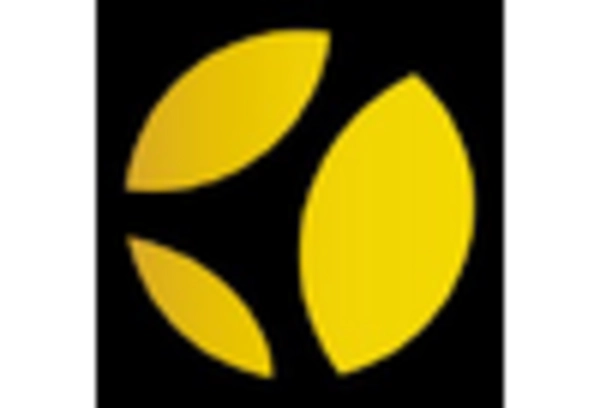
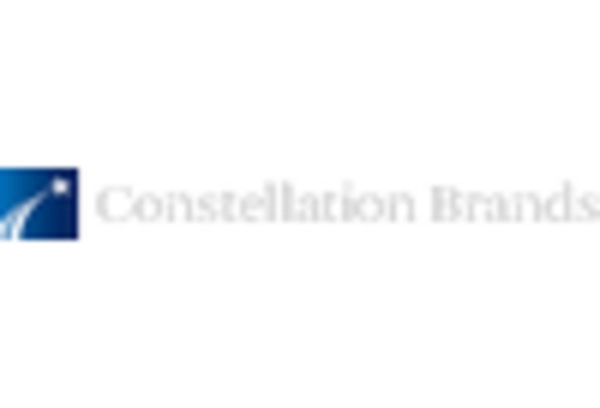
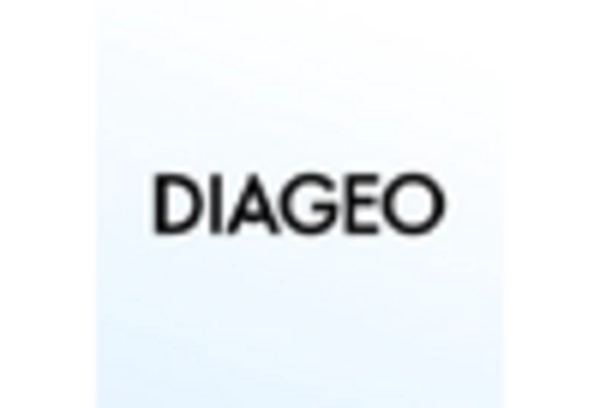
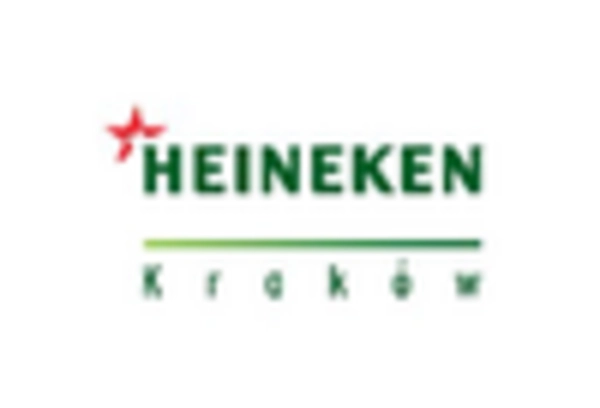
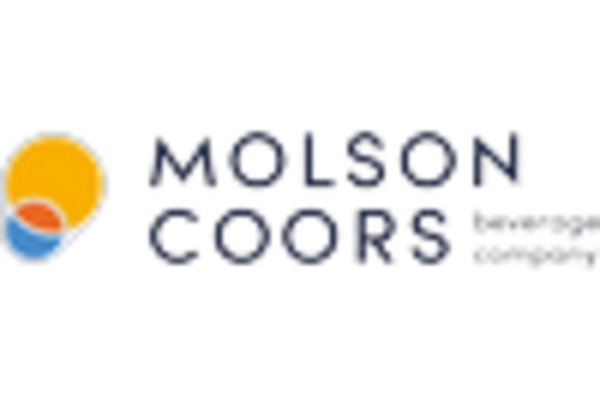
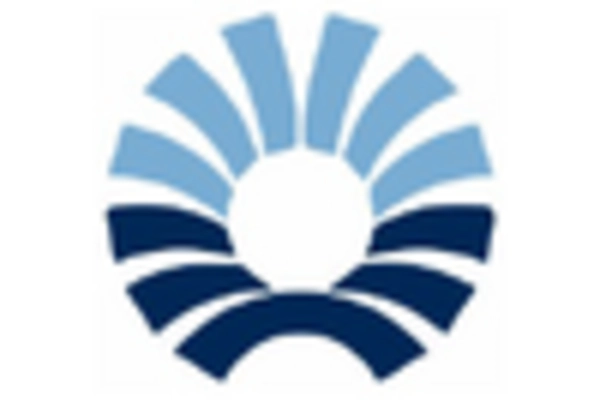








Leave a Comment